Top 14 Stretches to Do Before and After Trekking
Discover the finest trekking stretches to avoid injuries, improve flexibility, and increase strength. Learn how to stretch before, during, and after a trek to make your travels safer and more enjoyable!
Table of Contents
ToggleWhy Stretching Matters for Trekkers
Trekking may be a thrilling and satisfying experience, but it is also physically demanding. Whether climbing a mountain, crossing rocky terrain, or trekking through the forest, physical effort can cause discomfort, muscular tiredness, and even injury. Stretching is essential at this point. Stretching properly before, during, and after your walk may significantly improve your performance and recovery.
Benefits of Stretching:
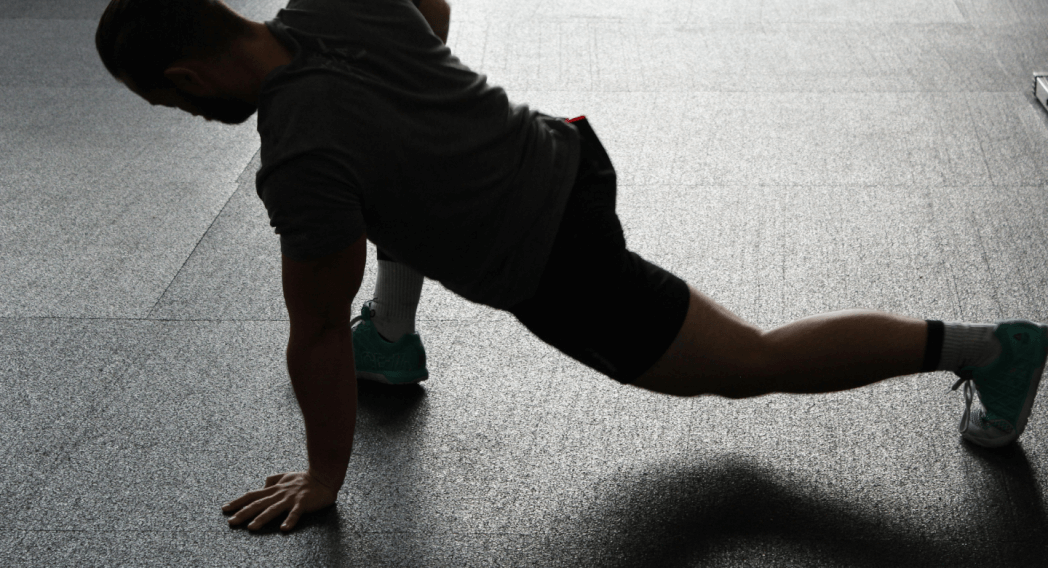
- Prevents Injuries: Stretching helps to prepare your muscles and joints for the intense activity ahead, reducing the risk of strains, sprains, and other injuries.
- Improves Endurance and Flexibility: Regular stretching enhances muscle flexibility and joint mobility, essential for maintaining stamina on long treks.
- Enhances Post-Trek Recovery: Post-trek stretches aid in relieving muscle tension and promoting circulation, speeding up recovery, and reducing soreness.
In this article, we’ll explore the best stretches for trekking, categorized into pre-trek, during-trek, and post-trek stretches. Whether you’re a seasoned trekker or just starting, these stretches will help you stay injury-free, improve your performance, and recover quickly.
Let’s dive in and ensure you’re prepared for your next adventure!
Pre-Trek Stretches:
Before heading out on a trek, preparing your body for the physical demands ahead is important. Pre-trek stretches help prevent injuries, reduce muscle tightness, and ensure your body is ready to handle the terrain. Here’s a guide to some effective stretches:
Hamstring Stretch
It helps to prevent tightness in the back of your legs, especially when walking long distances.
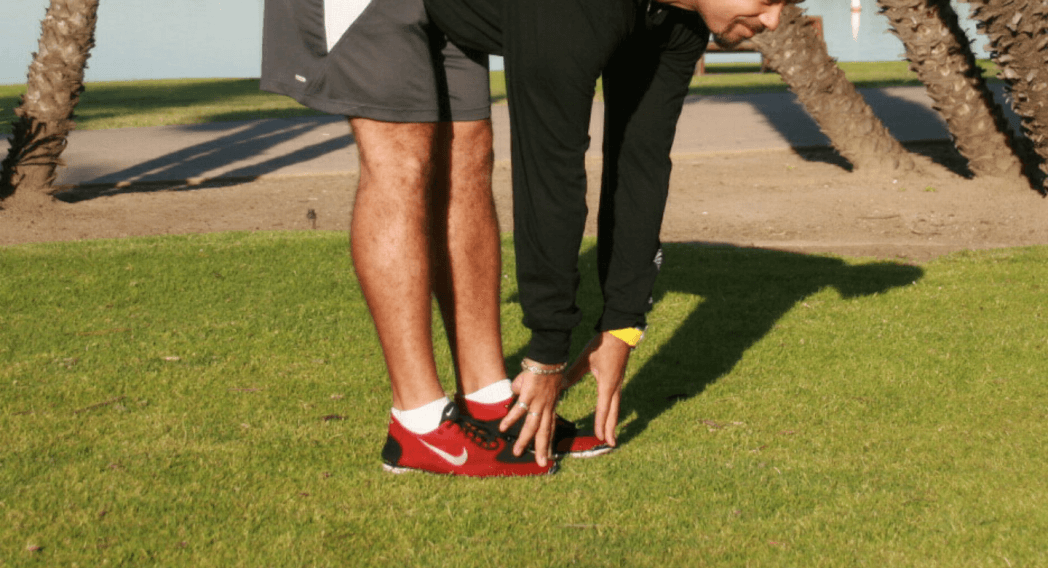
How to do it:
- Stand tall and extend one leg forward, keeping your heel on the ground and toes pointing up.
- Slowly bend forward at the waist, reaching towards your toes.
- Hold for 20-30 seconds, then switch legs.
Quadriceps Stretch
Reduces strain on your knees and helps maintain balance.
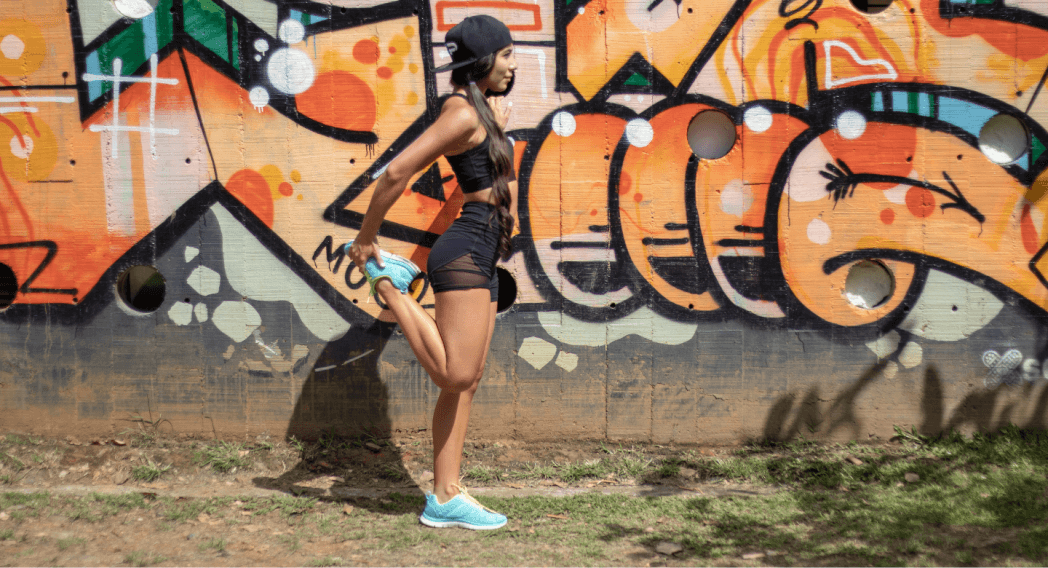
How to do it:
- Stand on one leg, grab your opposite ankle behind you, and gently pull it towards your glutes.
- Keep your knees together and push your hip forward slightly.
- Hold for 20-30 seconds, then switch legs.
Calf Stretch
Prepares your calves for uphill climbs and long descents.
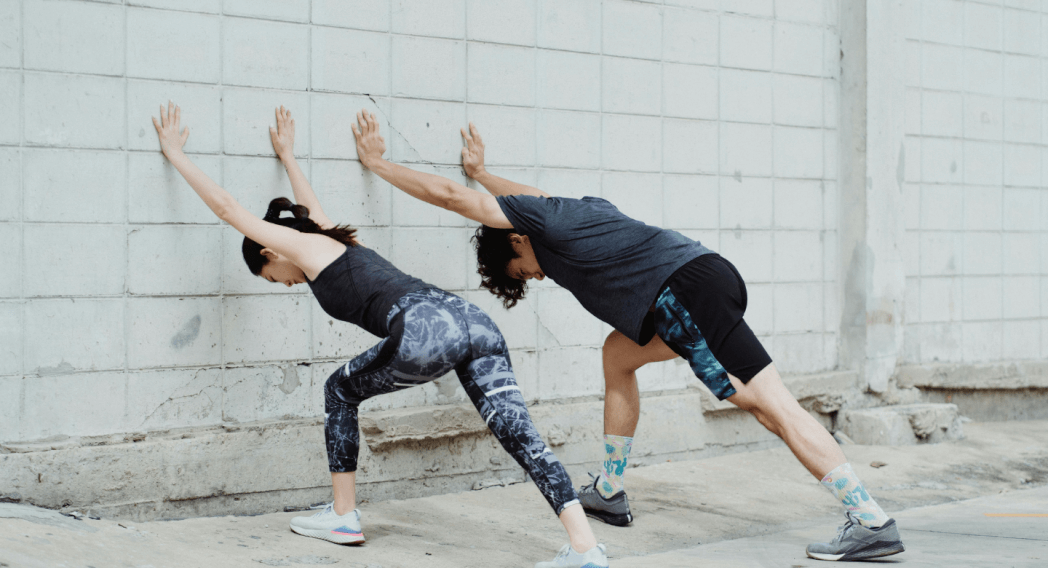
How to do it:
- Stand facing a wall, place one foot forward and the other foot extended back.
- Press your back heel into the ground, keeping the leg straight.
- Hold for 20-30 seconds, then switch legs.
Hip Flexor Stretch
Opens up the hips and allows for longer strides.
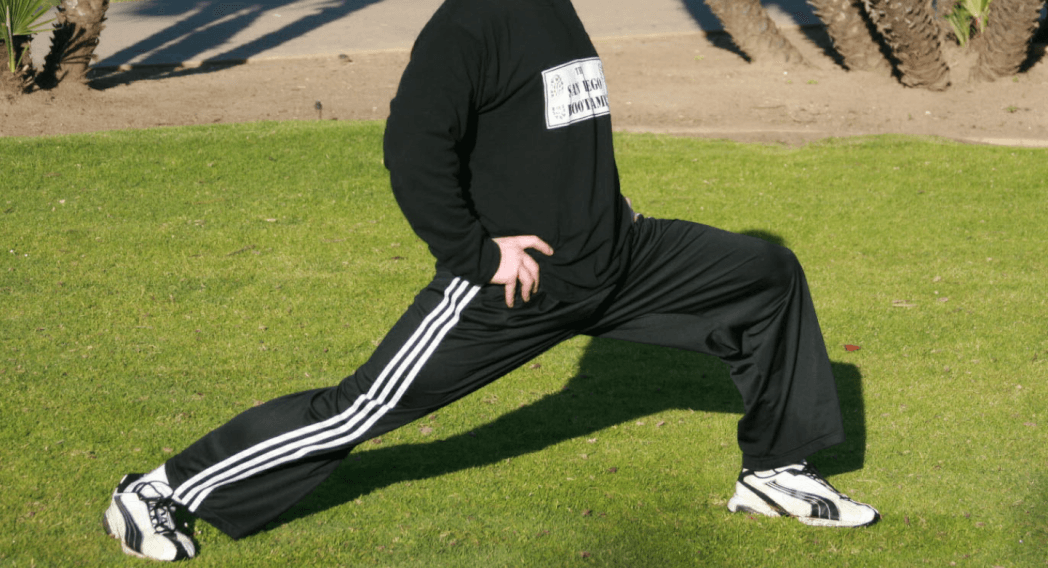
How to do it:
- Step one foot forward into a lunge position, keeping your back leg straight.
- Push your hips forward gently to feel a stretch in the front of your hips.
- Hold for 20-30 seconds, then switch legs.
Shoulder Rolls
Loosens up your shoulders and upper body, making it easier to carry your backpack without strain.

How to do it:
- Stand with your feet shoulder-width apart.
- Roll your shoulders forward in a circular motion, then reverse the direction.
- Do 10 rolls in each direction.
Seated Spinal Twist
Releases tension in the back and shoulders, helping you stay flexible on the move.
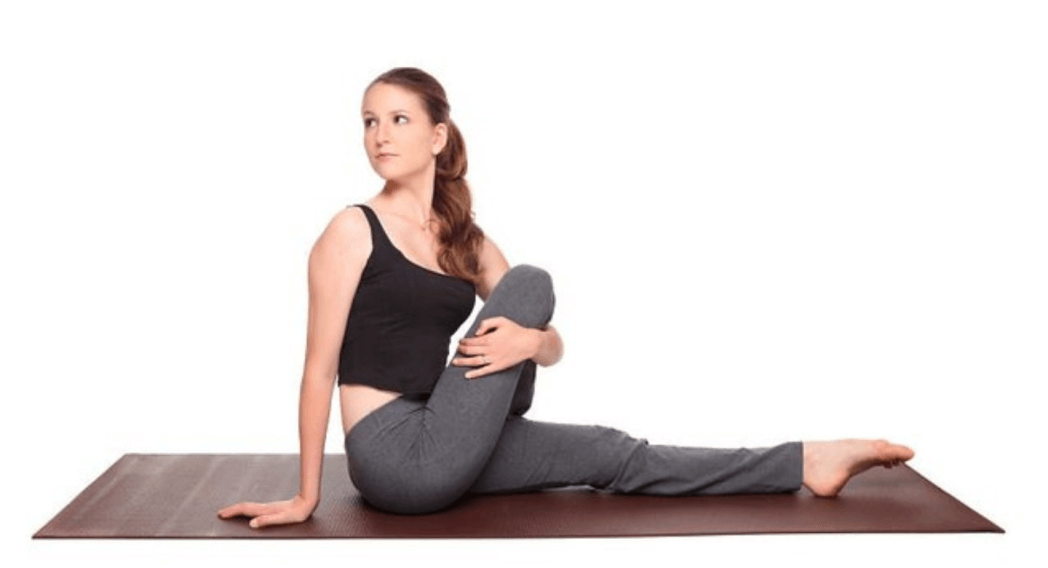
How to do it:
- Sit on the ground with your legs extended out.
- Cross one leg over the other and twist your torso towards the bent leg.
- Place your opposite elbow on the outside of the bent knee for a deeper stretch.
- Hold for 20-30 seconds on each side.
Tips for Effective Stretching:
- Hold each stretch for 20-30 seconds.
- Focus on your breathing—inhale deeply and exhale slowly.
- Never bounce while stretching; move gently and steadily into each position.
Stretches During Trekking:
While trekking, your muscles are constantly working, and it’s important to take short breaks to stretch. These stretches help prevent stiffness, relieve tension, and keep you moving comfortably throughout the trek. Here are some easy stretches to do during your trek:
Standing Forward Bend
Helps relieve tension in your lower back, especially after long hours of walking.
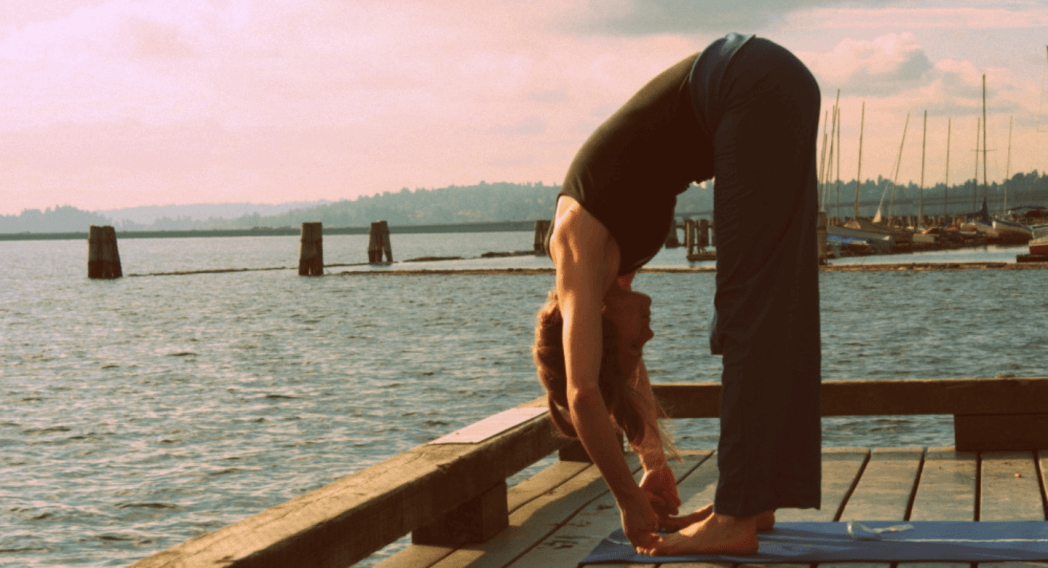
How to do it:
- Stand tall with your feet hip-width apart.
- Slowly bend forward at the waist, reaching towards the ground.
- Try to touch your toes, or as close as you can.
- Hold for 15-20 seconds, then return to standing.
Ankle Rotations
Prevents ankle sprains and keeps your ankle joints flexible for tough terrain.
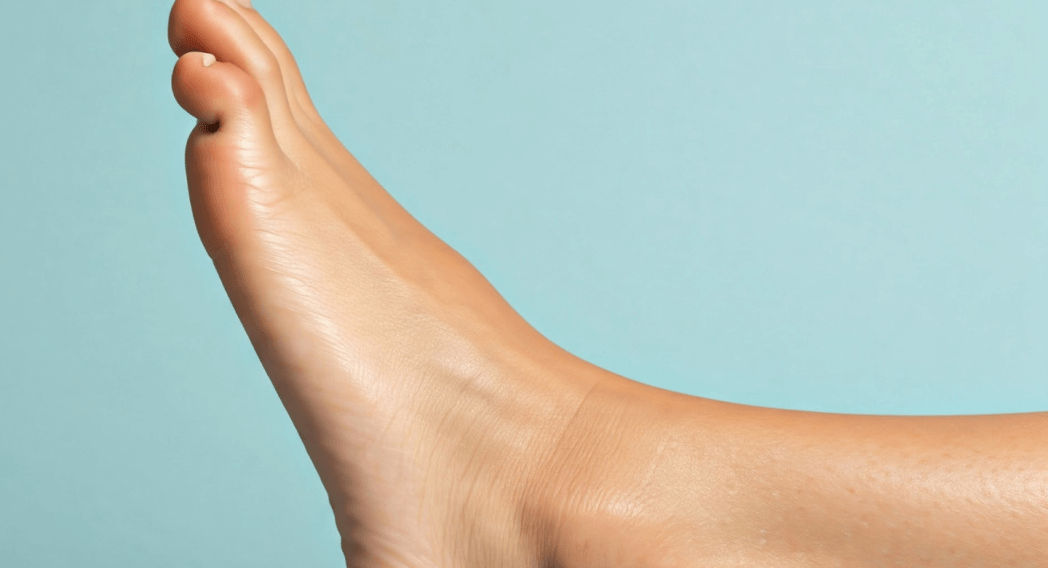
How to do it:
- Stand or sit and lift one foot off the ground.
- Slowly rotate your ankle in a circle, first clockwise, then counterclockwise.
- Do 10 rotations in each direction for both ankles.
Neck Rolls
Reduces strain from frequently looking up or down slopes.

How to do it:
- Stand or sit with a straight spine.
- Slowly drop your head forward and roll your neck in a full circle, first in one direction, then the other.
- Perform 5 rolls in each direction.
Toe Touch Stretch
Stretches your hamstrings and lower back, areas that often tighten during a trek.
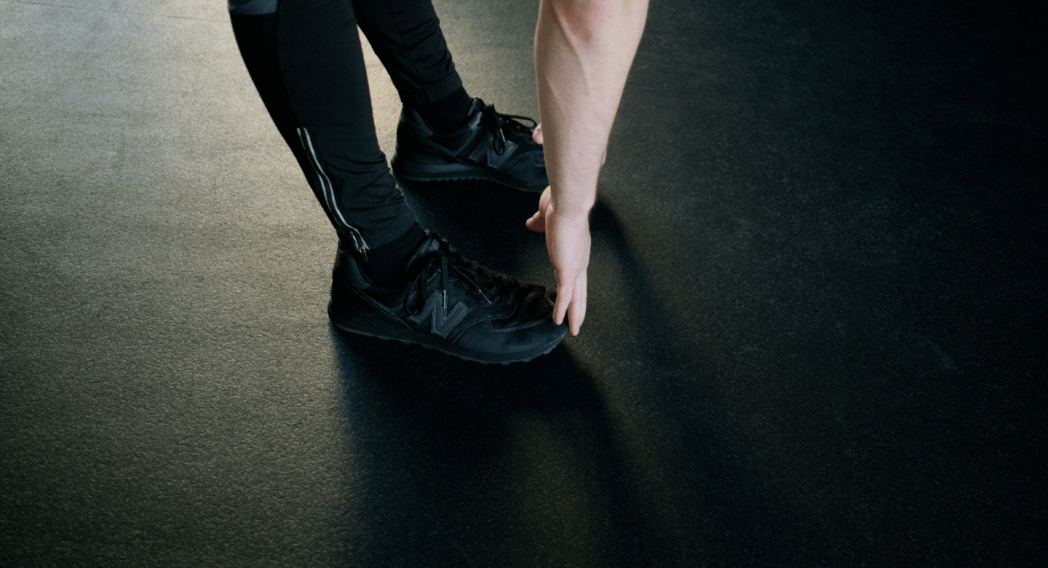
How to do it:
- Stand with your feet hip-width apart.
- Slowly bend forward from the waist, reaching down toward your toes.
- Try to keep your legs straight but avoid locking your knees.
- Hold for 20-30 seconds.
Tips for Stretching During Your Trek:
- Perform these stretches during breaks or whenever your muscles start to feel tight.
- Listen to your body—don’t push too hard, and always focus on breathing.
- Take a moment to stretch after any steep climbs or when you’ve been walking for long periods.
Post-Trek Stretches:
After a long trek, your muscles are likely feeling tight and tired. Post-trek stretches help speed up recovery, reduce soreness, and relax the muscles you’ve been working hard. Here are some key stretches to include in your recovery routine:
Child’s Pose
Helps relieve tension in your lower back after hours of trekking.
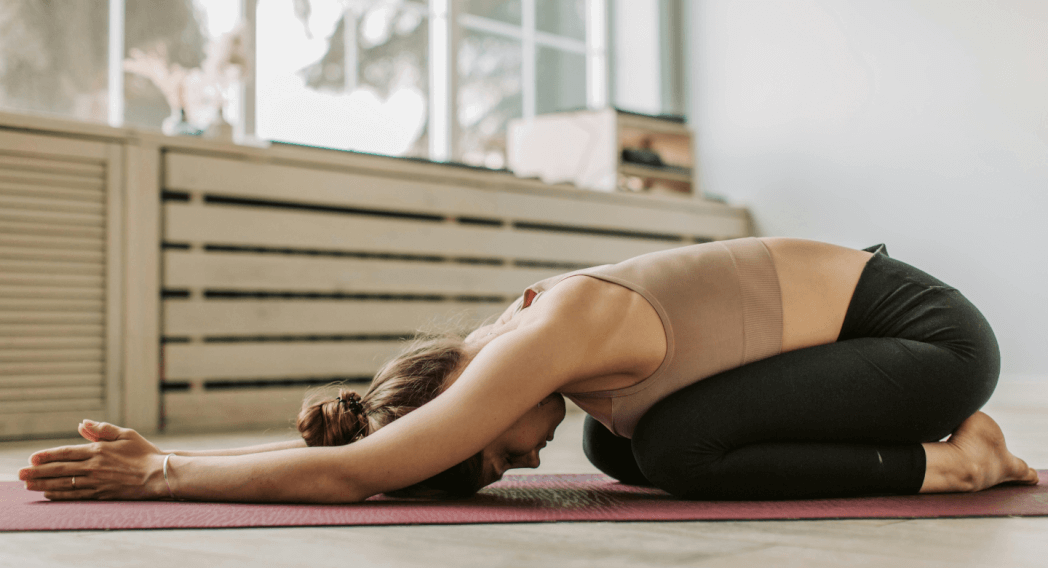
How to do it:
- Start on your hands and knees, then sit your hips back toward your heels.
- Extend your arms forward on the ground and relax your forehead to the floor.
- Hold for 30-60 seconds and focus on breathing deeply.
Butterfly Stretch
Eases tightness in your hips and inner thighs, areas that can get stiff from long periods of walking.
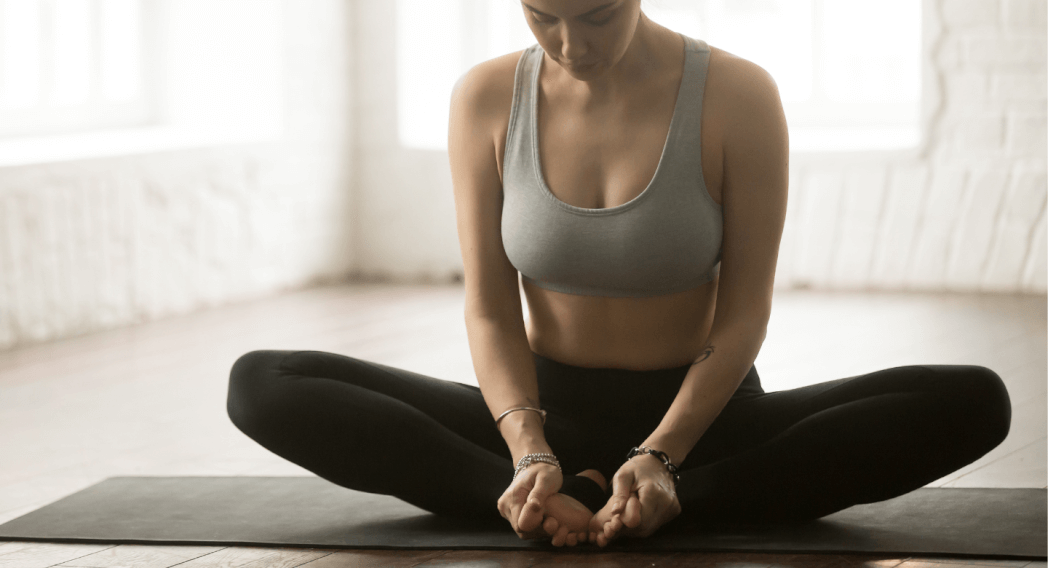
How to do it:
- Sit with your feet together and knees bent out to the sides.
- Gently press your knees towards the floor to feel a stretch in your inner thighs.
- Hold for 30-60 seconds while keeping your back straight.
Downward Dog
Stretches the entire body, particularly the calves, hamstrings, and back.
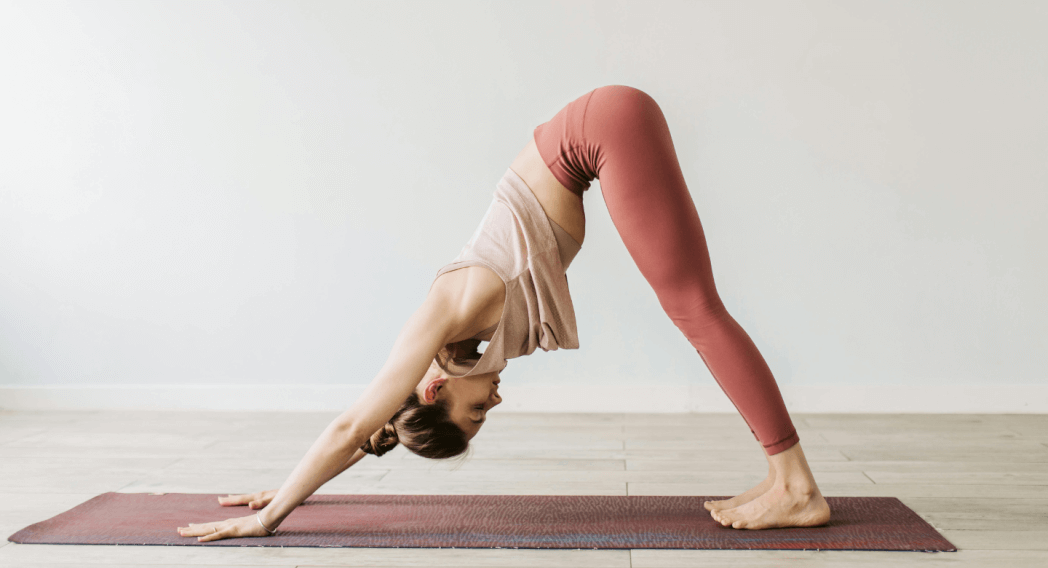
How to do it:
- Start on your hands and knees, then lift your hips toward the ceiling, creating an upside-down “V” shape with your body.
- Press your heels toward the floor, and relax your neck and head between your arms.
- Hold for 30-60 seconds, focusing on relaxing your legs and back.
Pigeon Pose
Opens up the hips and glutes, helping release tension in the lower body.
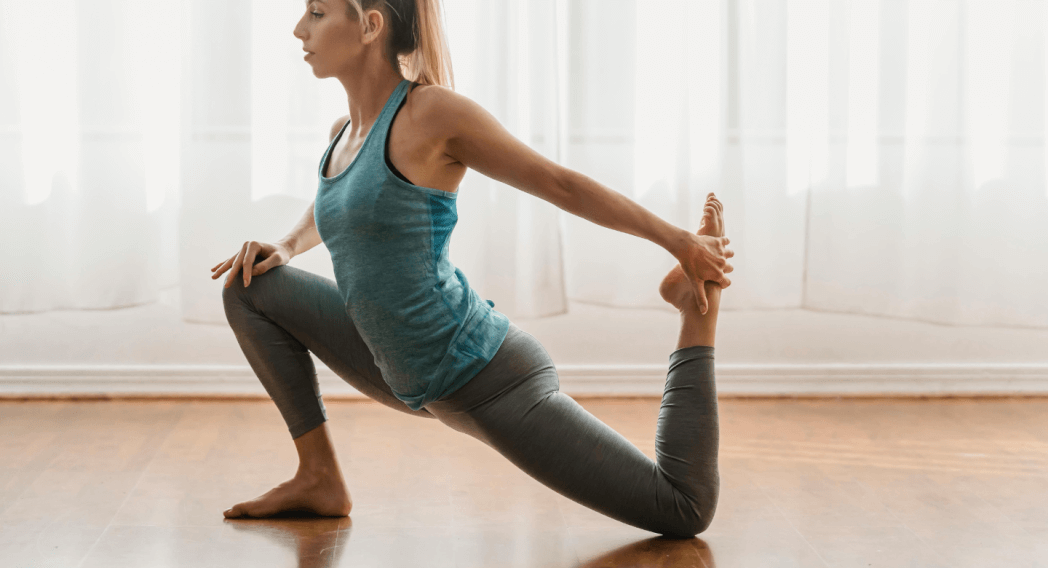
How to do it:
- Start in a tabletop position and bring one knee forward, placing it behind your wrist.
- Extend the other leg straight back behind you.
- Lower your torso over the bent leg and hold for 30-60 seconds.
- Switch sides and repeat.
Chest Stretch
Relieves strain in your chest and shoulders from carrying a backpack.

How to do it:
- Stand tall and clasp your hands behind your back.
- Straighten your arms and gently lift them upwards, opening up your chest.
- Hold for 30-60 seconds, breathing deeply to relax your shoulders and chest.
Tips for Post-Trek Stretching:
- Hold each stretch for 30-60 seconds to give your muscles time to relax and release tension.
- Focus on deep breathing and allow your body to fully relax into each stretch.
- Don’t rush—take your time to help your muscles recover.
Common Mistakes to Avoid When Stretching
Stretching is a great way to prepare your body for trekking and aid in recovery, but it’s important to do it correctly. Here are some common mistakes to avoid:
| Mistake | Why it’s a Mistake | What to do Instead |
| Skipping the Warm-Up | Stretching cold muscles can lead to injury | Warm up with 5-10 minutes of light activity (e.g., walking) before stretching. |
| Overstretching or Holding a Stretch Too Long | Overstretching can cause strain, and holding too long can cause discomfort. | Hold each stretch for 20-30 seconds in warm-ups and 30-60 seconds in recovery stretches. Stretch gently. |
| Ignoring Hydration | Dehydrated muscles are more prone to cramping and injury. | Drink water before and after stretching to keep muscles hydrated and flexible. |
| Neglecting Certain Muscle Groups | Skipping key areas can lead to muscle imbalances and soreness. | Stretch all major muscle groups, especially the lower back, hamstrings, calves, and ankles. |
Conclusion
Stretching is an essential component of trekking, helping you prevent injuries, reduce muscle fatigue, and improve overall performance. By incorporating pre-trek, during-trek, and post-trek stretches into your routine, you can enhance your endurance and recovery, making your adventures safer and more enjoyable. Remember, a few minutes spent stretching can go a long way in ensuring a comfortable and injury-free trek. So, the next time you hit the trails, don’t forget to stretch and share this guide with your trekking buddies for a healthier, happier trekking experience.
Read More About:7 Best Exercises For Trekking To Enhance Your Experience
Reference
Yang, I., MD, & Yang, I., MD. (2022, December 12). 12 stretches for hiking that you (Desperately) need after a day on the trail. Yoga Journal.
Trek fitness Guide for Himalayan High altitude treks by Indiahikes. (n.d.).
Easy stretches for hikers to minimize injury and soreness. (n.d.).
10 stretches for hikers. (n.d.). Decathlon.
Frequently Asked Questions (FAQs) on 14 Best Stretches for Trekking
Why is stretching important for trekking?
Stretching helps prevent injuries, improves flexibility, reduces muscle fatigue, and enhances recovery after a trek.
What types of stretches should I do before trekking?
Dynamic stretches like hamstring stretches, calf stretches, and shoulder rolls are ideal for warming up before trekking.
How often should I stretch during a trek?
You should stretch during breaks or whenever you feel muscle stiffness or tightness to keep your muscles relaxed and prevent cramps.
What are the best stretches for uphill trekking?
Calf stretches, hip flexor stretches, and toe touch stretches are great for preparing your legs and hips for uphill climbs.
Is it necessary to stretch after completing a trek?
Yes, post-trek stretches are essential for reducing soreness, improving recovery, and relaxing your muscles after the trek.
Can I stretch without warming up first?
No, stretching cold muscles can lead to injury. Always do a light warm-up, like walking or gentle movements, before stretching.
What should I do if I feel pain while stretching?
Stop immediately. Stretching should never be painful. Focus on gentle, gradual movements and avoid overstretching.
How long should I hold each stretch?
Hold dynamic stretches for 15-20 seconds before the trek and static stretches for 30-60 seconds after the trek.
Are there stretches that target specific trekking challenges like knee strain?
Yes, quad stretches, hamstring stretches, and hip flexor stretches help alleviate and prevent knee strain during trekking.
Can stretching improve my trekking performance?
Absolutely! Stretching improves flexibility, balance, and muscle endurance, which are crucial for tackling uneven terrains and long treks.


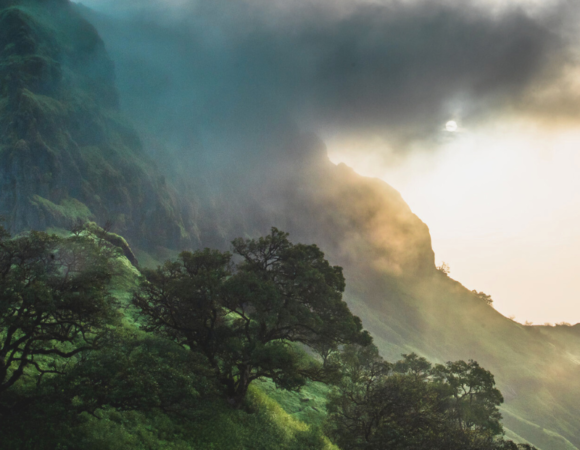
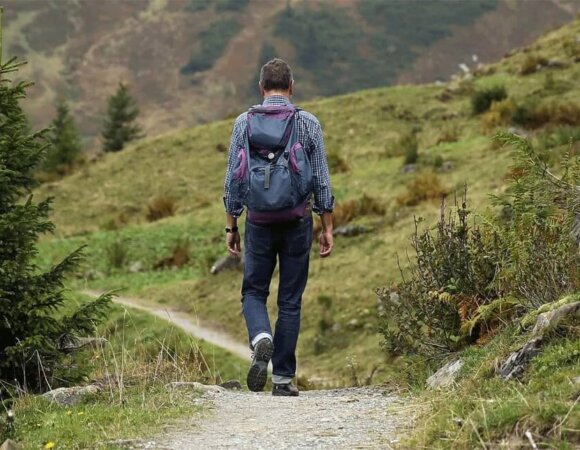
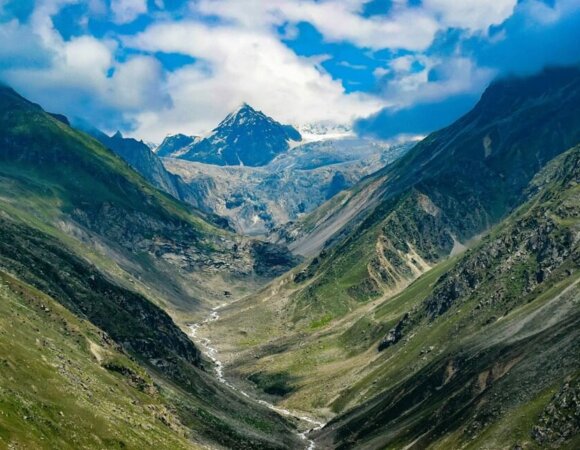
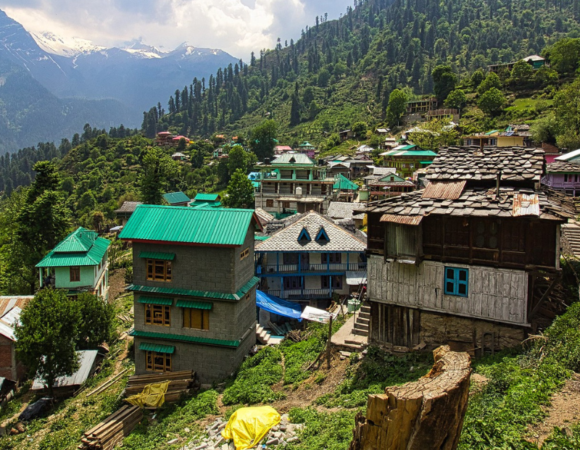
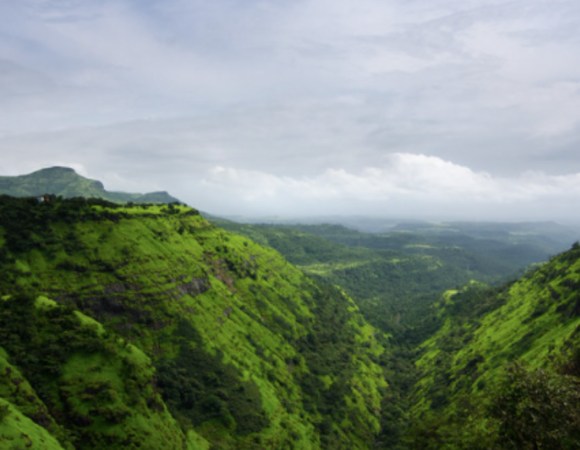
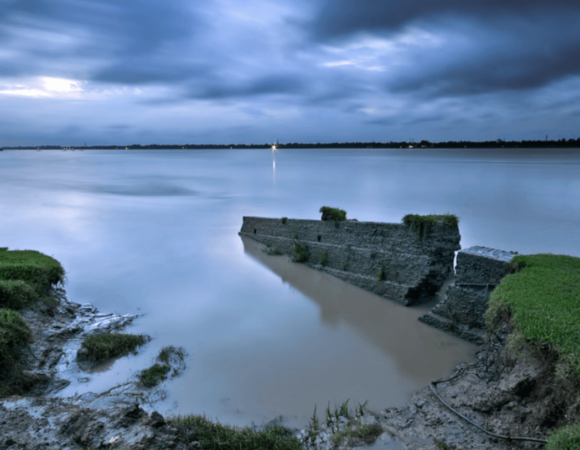
[…] Read more about the best stretches for trekking […]